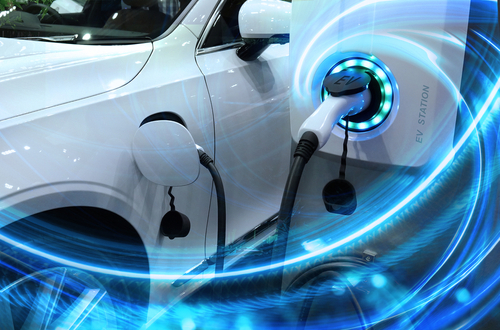New report from ACEEE looks at state policies for EVs

A new report from the American Council for an Energy-Efficient Economy (ACEEE) examines the progress made by states toward encouraging electric vehicle (EV) adoption.
The report – the 2023 State Transportation Electrification Scorecard – found that only a relatively small percentage of states are strengthening policies to enable widespread use of electric cars, trucks, and buses. Overall, only nine states scored more than half the points available, which means that most states will have to step up their efforts to enable a full transition to EVs.
“We are seeing incremental progress, not transformational progress. States will have to move far more aggressively to do their part to enable the electric vehicle transition that the climate crisis demands,” Peter Huether, senior research associate at ACEEE and lead author of the report, said. “Auto manufacturers are expanding their EV options and consumers are increasingly choosing them, but supportive state policies are needed to ensure that the electric grid is ready and that all households and businesses, including those in underserved communities, can use EVs and have adequate access to charging.”
California ranked first in the Scorecard, scoring 88 out of 100 points. The state has committed to full electrification of light-duty vehicle sales and is planning significant updates to its electricity grid to prepare for a sharp rise in EVs. It also incorporates equity considerations into its EV policy, setting aside significant funding for EV purchases in low-income communities and communities of color.
New York came in second with 62 points. The Empire State has heavily incentivized the purchase of EVs and EV charging infrastructure, including from its investor-owned utilities. It has also taken considerable steps to integrate EVs onto the grid.
Rounding out the top 10, in order, are Colorado, Massachusetts, Vermont, Washington State, New Jersey, the District of Columbia, Oregon, and Maryland. The top nine states scored more than 50 points, and all others scored less than half the points available.
Overall, significant improvements are needed pretty much across the board. The report found that most states do not have targets to reduce emissions from the transportation sector and only four states have set binding targets to electrify school buses. In addition, 17 states offer purchase incentives for heavy-duty electric vehicles, down from 27 in 2021. Also, most states outside of California scored poorly on equity metrics.
The report recommends that underperforming states collect data on transportation electrification—such as EV registrations, charger locations, and EV adoption by race and income. That data can be used to help improve their transportation electrification planning. Also, states can take advantage of federal funding from the Inflation Reduction Act of 2022 and the 2021 bipartisan infrastructure law. Further, it recommends that states encourage private investment in EV charging.
The Scorecard is primarily based on a review of state policies effective by Feb. 15, 2023. Some states, such as Colorado and Minnesota, have since passed laws to encourage EV adoption that are not factored into the scoring.
